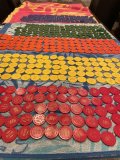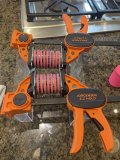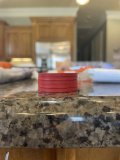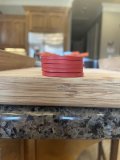Should I oil TRKs that I just hand cleaned with magic eraser before or after I flatten them?
My imagination is telling me the oil will help the chips accept their original flatness.
Why do chips warp…I assume it’s due to reduced moisture content? Just like mud cracks in a dried up mud puddle.
Thoughts?
My imagination is telling me the oil will help the chips accept their original flatness.
Why do chips warp…I assume it’s due to reduced moisture content? Just like mud cracks in a dried up mud puddle.
Thoughts?




